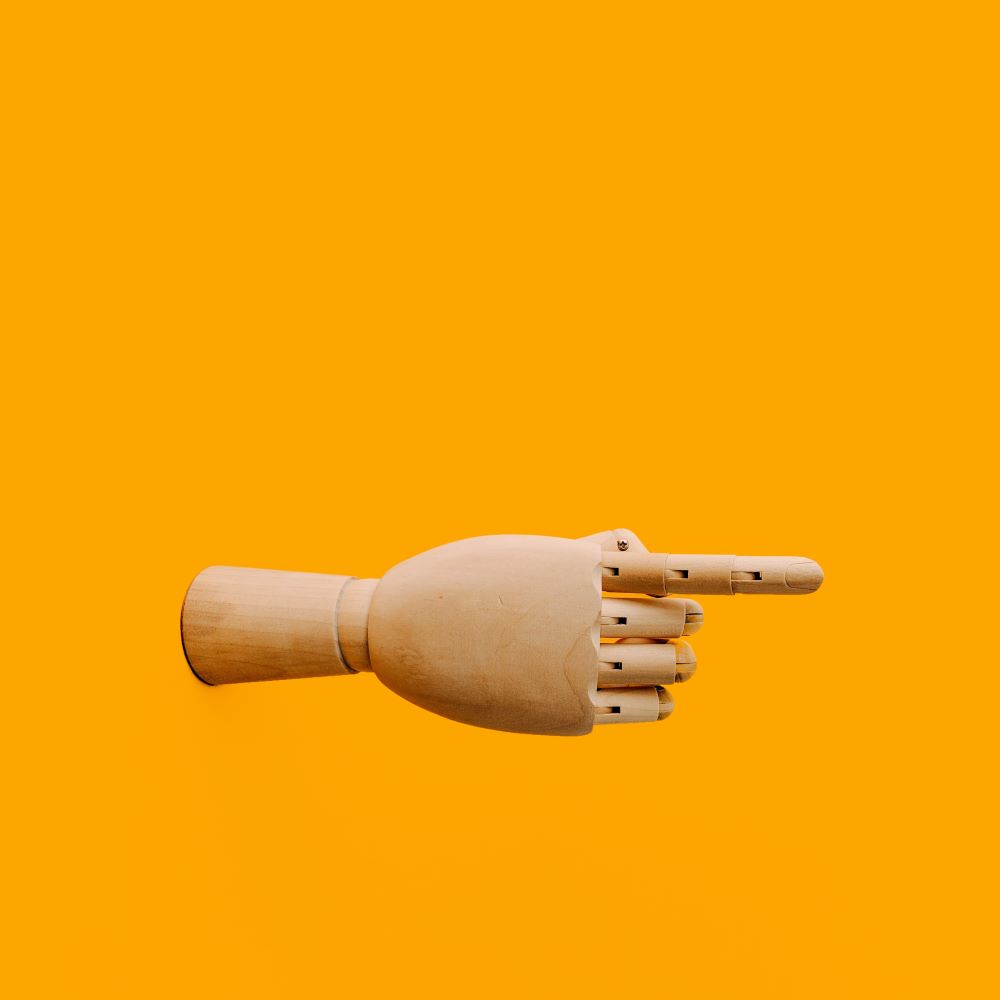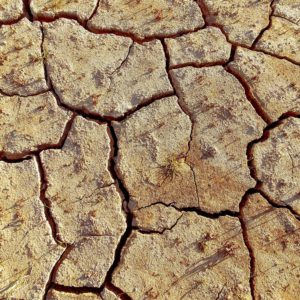Improve your French listening skills with this clip from the Inner French podcast. It’s 39 words in 17 seconds. Improve your listening comprehension with our transcription quiz at any level.
This clip is from the Inner French podcast Episode 001. Listen and fill in what you hear below. Read more and find a translation below. Find the full podcast here.
Press play and take the transcription quiz to practice your French listening comprehension.
(You can use the ⋮ to adjust playback speed)
The above audio sample and transcription is from the Inner French podcast episode 001. We do not own the content. Listen to the entire episode here.
This
Like the lesson a couple of days ago, this is another instance of the repeated pronoun. It’s pretty interesting for me as a learner. It’s also just a ton of fun to say.
What’s opening up for you in this clip? I’m open to any and all feedback, as always. Let me know.
The snippet in English
Find a translation of this snippet here, how much of this did you hear?
La quatrième hypothèse, c’est l’hypothèse de l’input. En français, on n’a pas de bon mot pour traduire ça, donc je vais utiliser le mot anglais “input”. Ça, c’est aussi une hypothèse très, très importante de la théorie de Krashen.
The fourth hypothesis is the input hypothesis. In French, we don’t have a good word to translate this, so I’ll use the English word input. This is also a very, very important hypothesis of Krashen’s theory.
The above translation from Deepl. Source
Why do they say “ça, c’est” in French?
In French, the phrase “ça, c’est” is a common expression used to introduce or emphasize a topic. It translates to “that’s it” or “that is” in English.
The use of “ça, c’est” can serve several purposes in conversation. Here are some possible explanations:
- Introducing a new topic: The phrase “ça, c’est” can be used to introduce a new subject or topic of conversation. For example, someone might say, “Ça, c’est un bon livre” (That’s a good book) to start a conversation about a particular book they’ve read.
- Emphasizing a point: “Ça, c’est” can also be used to emphasize a point or make a statement more emphatic. For example, someone might say, “Ça, c’est vraiment important” (That’s really important) to stress the significance of a particular issue.
- Clarifying or defining: The phrase “ça, c’est” can also be used to clarify or define something. For example, someone might say, “Ça, c’est une guitare” (That’s a guitar) to distinguish a guitar from other types of musical instruments.
As for the origin of this expression, it’s difficult to say for certain. However, it’s likely that the phrase “ça, c’est” evolved over time as a way to introduce or emphasize topics in conversation. It’s worth noting that French is a language that places a strong emphasis on clarity and precision in communication, and the use of “ça, c’est” can help to achieve that goal by introducing or clarifying topics in conversation.
What did you love about this?
Comment below with your feedback! Tells us what you think. Send a note or leave a comment below. We appreciate the feedback. Also, we’re always looking for partners to build this site and grow the content available.









